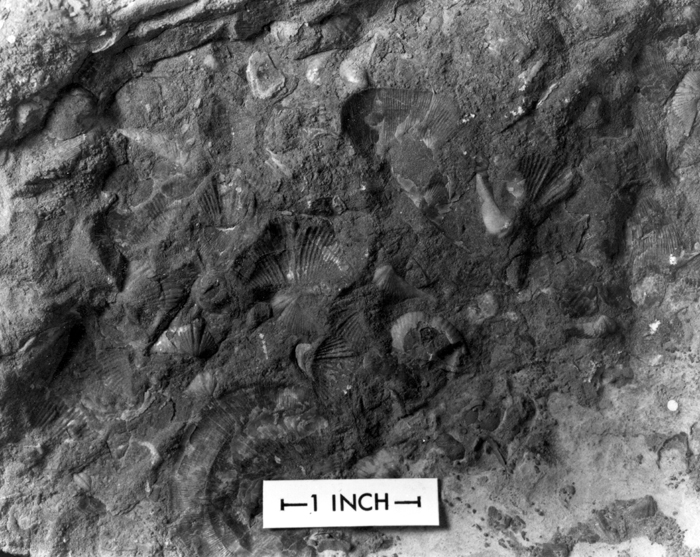Life in the Paleozoic Era
The Paleozoic Era lasted between 542 and 251 million years ago. The Paleozoic Era is further subdivided into 7 smaller units of time called periods. Periods are characterized by common types of life existing worldwide at the time.
The Paleozoic Era started with the Cambrian Period. This period marked the beginning of such an astonishing explosion of life on planet Earth, that the beginning of the Paleozoic Era is known as “the age of invertebrates.” Dominant among them were the trilobites (used as index fossils; see G1 – Age of the Earth / Index Fossils for further details for further details). The era then progressed to the age of fishes (Devonian Period). The age of reptiles filled the last third of the Paleozoic Era.
The Mississippian and Pennsylvania Periods are collectively known as the Carboniferous Period. Most of the coal and oil in the present day formed from humid forests and swamps that existed at that time.
The Paleozoic Era ends with the Permian Period. The end of the Permian Period is characterized by the world’s largest mass extinction of living organisms. 95% of all marine species and 50% of all animal families disappeared during the Permian extinction. (Possible causes of the Permian extinction will be discussed in the next unit G3 – Catastrophic Events and Mass Extinction.)
Paleozoic Tectonics
Plate movement slowly distributed the remnants of the supercontinent Rodinia. Eventually some of these fragments started to collide with one another resulting in the creation of new large landmasses.
North America, Europe, and Siberia eventually collided to form a large continent called Laurasia. These collisions resulted in early mountain building. The Appalachian Mountains, for example, were formed this way.
A large southern continent called Gondwana also existed at this time. Gondwana consisted of what is now known as South America, Australia, Antarctica, and India.
By the end of the Paleozoic Era, Gondwana and Laurasia had migrated towards one another. Their collision resulted in the creation of the supercontinent known as Pangaea.
Extinction Repeated
All of the first six periods in the Paleozoic Era ended with major extinctions. None of these extinctions, however, matched the size and extent of the Permian extinction which marked the end of the Paleozoic Era.


